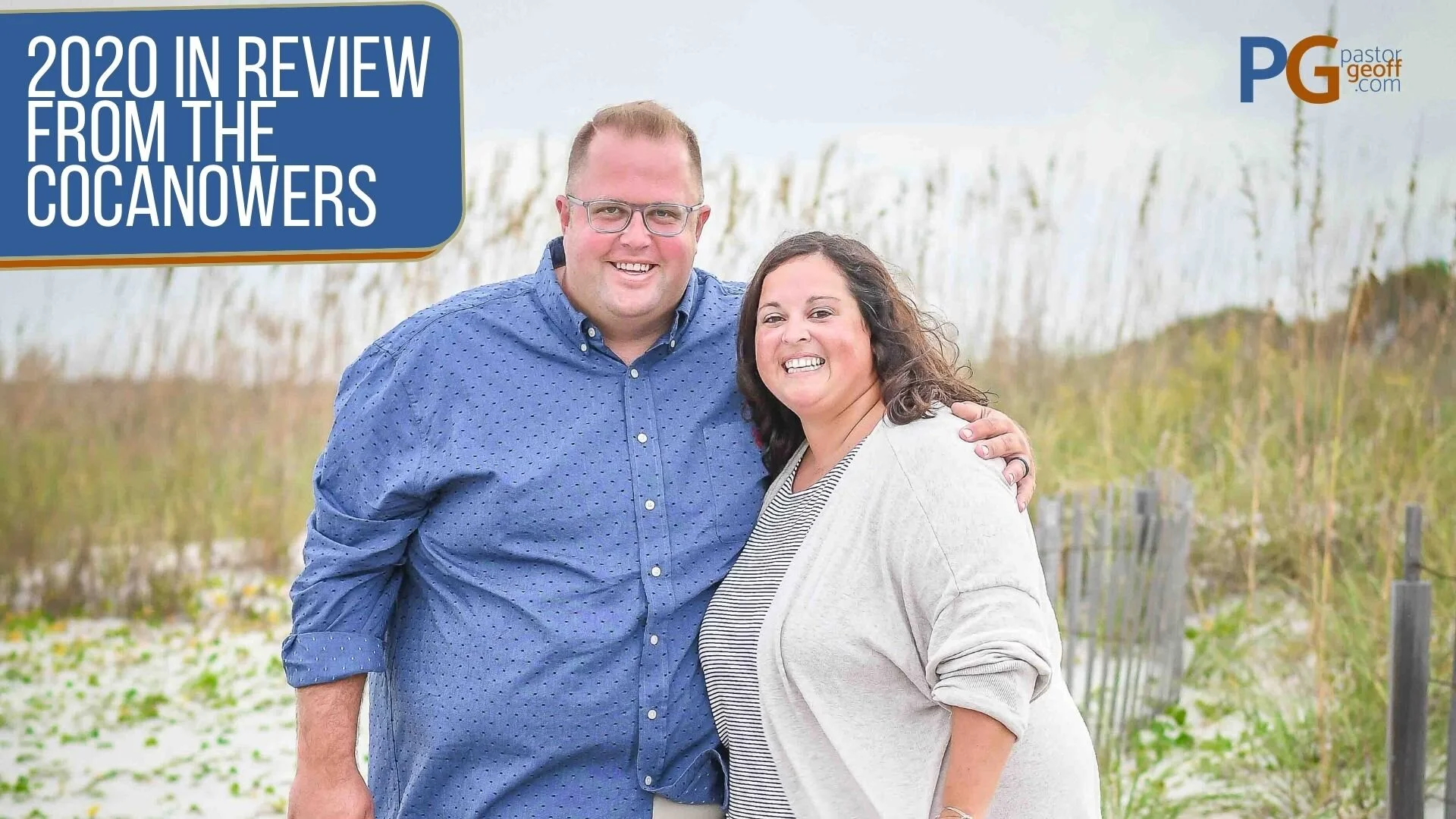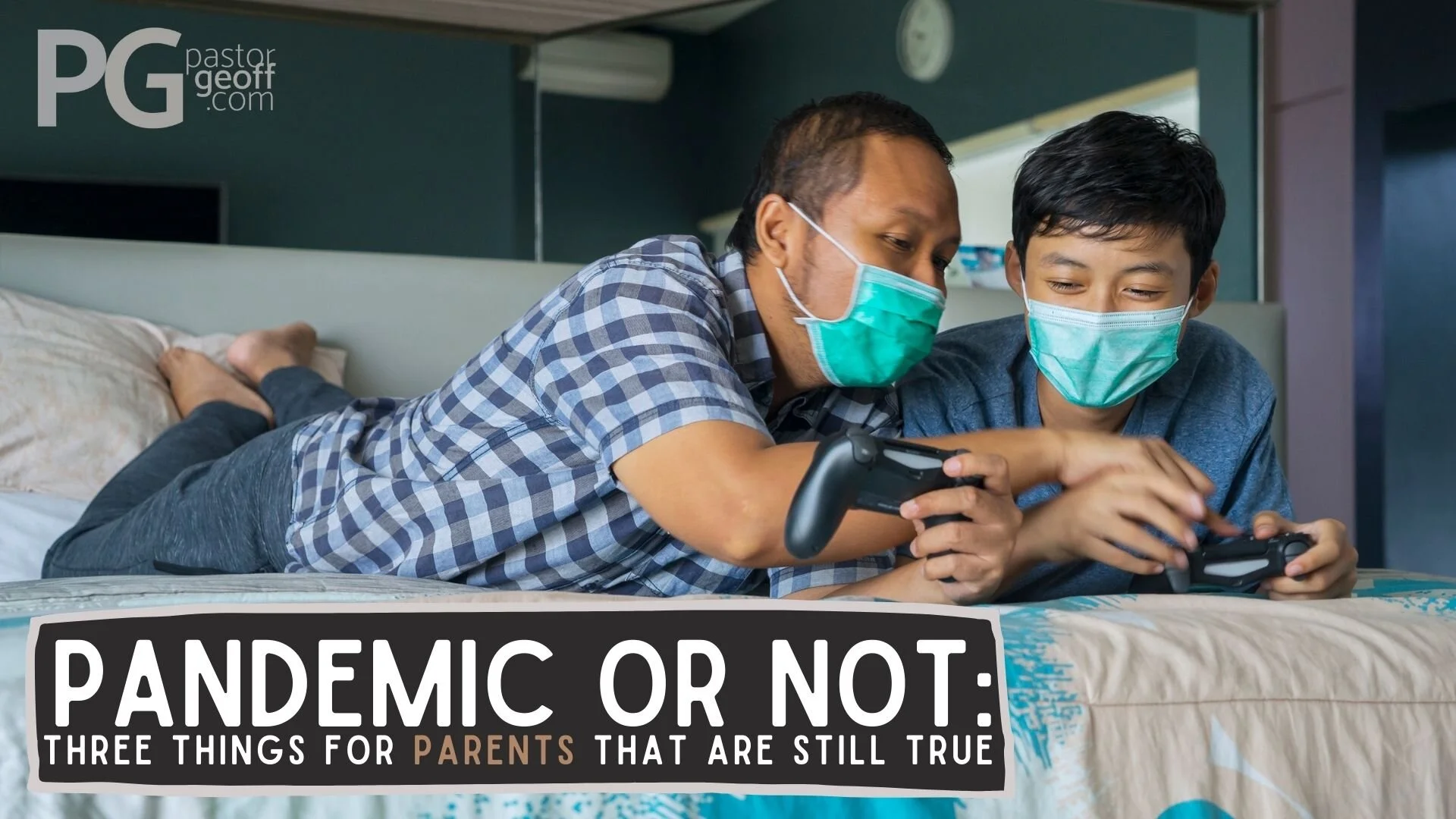Refuse to Go Back To Normal: Make Leaders more of the Lifeblood
This post first appeared on the DYM Blog.
2020 was a crazy year. 2021 can be a different year and regardless of the pandemic, there are some ways that you can embrace NEW especially if NORMAL wasn’t working in the first place.
This is post #2 in a series of posts. The initial and foundational offering is found here.
If there was anything that the events and happenings of 2020 proved it is that volunteers and leaders are the lifeblood of any ministry that is going to effectively and efficiently engage students with hope, care, and discipleship.
I grew up in a youth ministry that was primarily setup for the youth pastor to do the lion’s share of the discipleship. The “sponsors” were there to hang out, check kids in, serve snacks, and run sound. When it came to spiritual conversations, or discipleship oriented conversations, those were mainly directed to the youth pastor.
My guess is that many of our ministries have this flavor, to some degree. Maybe you have raised up a group of adult leaders who are in small groups with a few students. They are called to be relational, care givers of your students for a certain amount of time. But when things get into the nitty-gritty, the conversation is often shifted to the youth pastor.
If 2020 confirmed anything for me it was this: Leaders need to be empowered, equipped, and encouraged to be the lifeblood of ministry to students; not just the youth pastor.
Programmatically, in March, we had to swiftly pivot to some sort of small group method if we were going to remain engaged with students over digital mediums. In May, when we were able to gather in small groups again, we found organizing small groups into host homes was going to be the only way we could continue to gather students together.
We started the 2020-2021 school year gathering together for youth group, but by Thanksgiving had to make the shift bake to small group-focused gatherings. This model will continue into early 2021 for us.
Now, I realize that I’m describing the setting in rural, northeast Indiana, however, the lesson rings loud and clear to me: Leaders must become the lifeblood of our ministry for us to be effective and engaging to a greater number of students more specifically.
But, I’m not the first to say this. Paul said it to the church in Ephesus:
“So Christ himself gave the apostles, the prophets, the evangelists, the pastors and teachers, to equip his people for works of service, so that the body of Christ may be built up until we all reach unity in the faith and in the knowledge of the Son of God and become mature, attaining to the whole measure of the fullness of Christ.” – Ephesians 4:11-13
We were already striving for leaders to the be force of our ministry. Paul said we should and honestly, we have a value that we are more effective when we are together. So this was already something that was part of our culture.
But with the pivots we had to make in 2020, we had to make this all the more clear and tangible. Leaders needed to know that we were about this, not just think it was a cute leadership axiom.
We focused our attention on making these three things clear:
1. We trust you. If we hadn’t made this clear before, we doubled and tripled down on it. We were making shifts and we needed those leaders to embrace the cultural aims and goals we had established and make it happen with their group.
This meant we couldn’t be handling every detail about their group. Frankly, we were trying to “figure things out” just as much as they were. So there were things we had to release to their decision making.
You avoid train wrecks in this process by vetting well when you “hire” them. But, you also need them to know that you are behind them. If you never communicate that, they will have reason to believe something other than that.
2. We support you. We always were working to support our adult volunteers, but we needed to make sure they knew that. We found this to be most effective in the frequency and the regularity of how we communicated to our leaders. Get info to them as soon as possible and with as much clarity as possible.
Yes, there are times that we have had to re-communicate or re-adjust our plans. But by keeping them in the loop as much as possible, they could deal with adjustments and shifts because they were informed in the first place.
This isn’t the time to hedge your bets so that you only have to communicate once. Early and often gives them what they need to be the best leaders they signed up to be.
3. Tell us how to help you. The feedback loop became incredibly important for us. If what we were doing wasn’t actually setting them up for success, then we needed to change things.
We began recording a video piece that included announcements, some “fun,” and a message. We had told the leaders, in the beginning, to expect a 35-45 minute video. It didn’t take long for us to realize that this was a lot of work. However, we didn’t make a shift in the content until we got feedback from leaders.
Due to their feedback, we adjusted and produced a 20 minute video and added some other elements throughout the week to supplement the midweek content. This response has produced MORE feedback from them and has made our ministry better in the midst of the pandemic.
Look, maybe you thought normal was awesome and super effective. But we found that when we had to shift from normal to new, our leaders were absolutely critical to that shift.
What about you? What have you had to do to engage leaders more and empower them even more as you pivoted through 2020?






